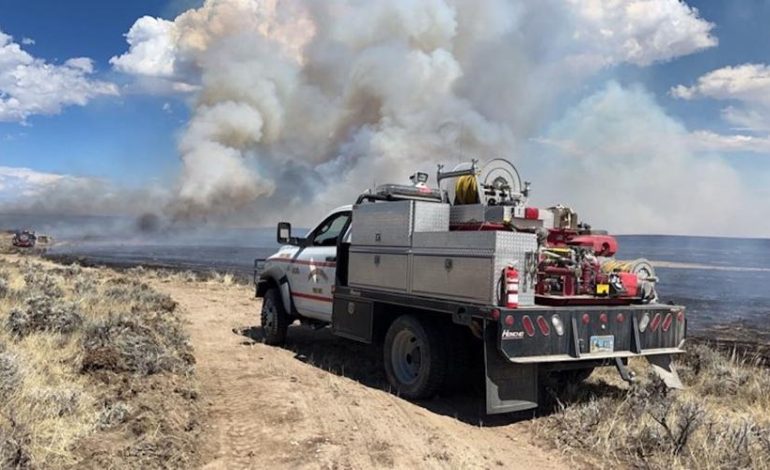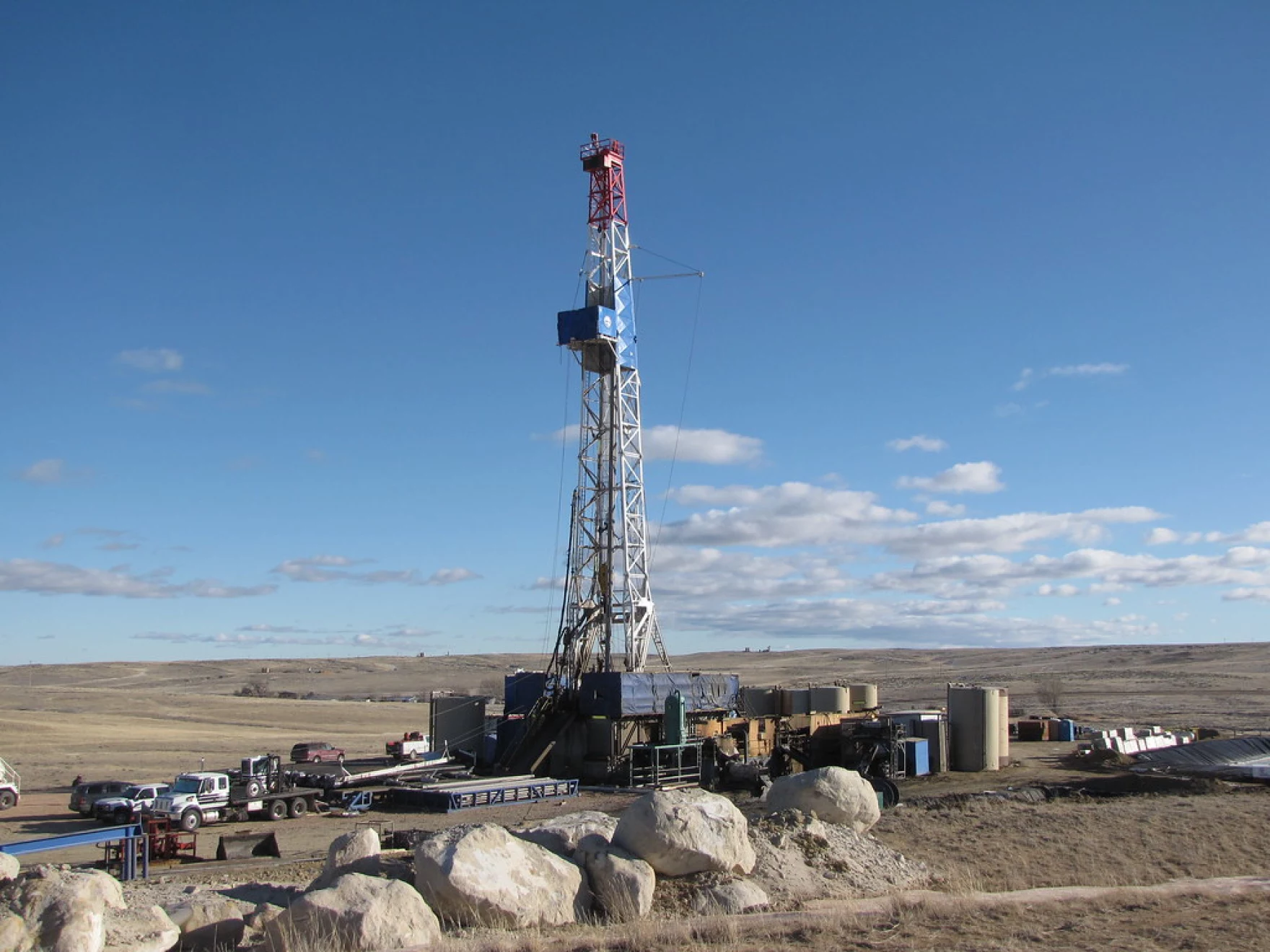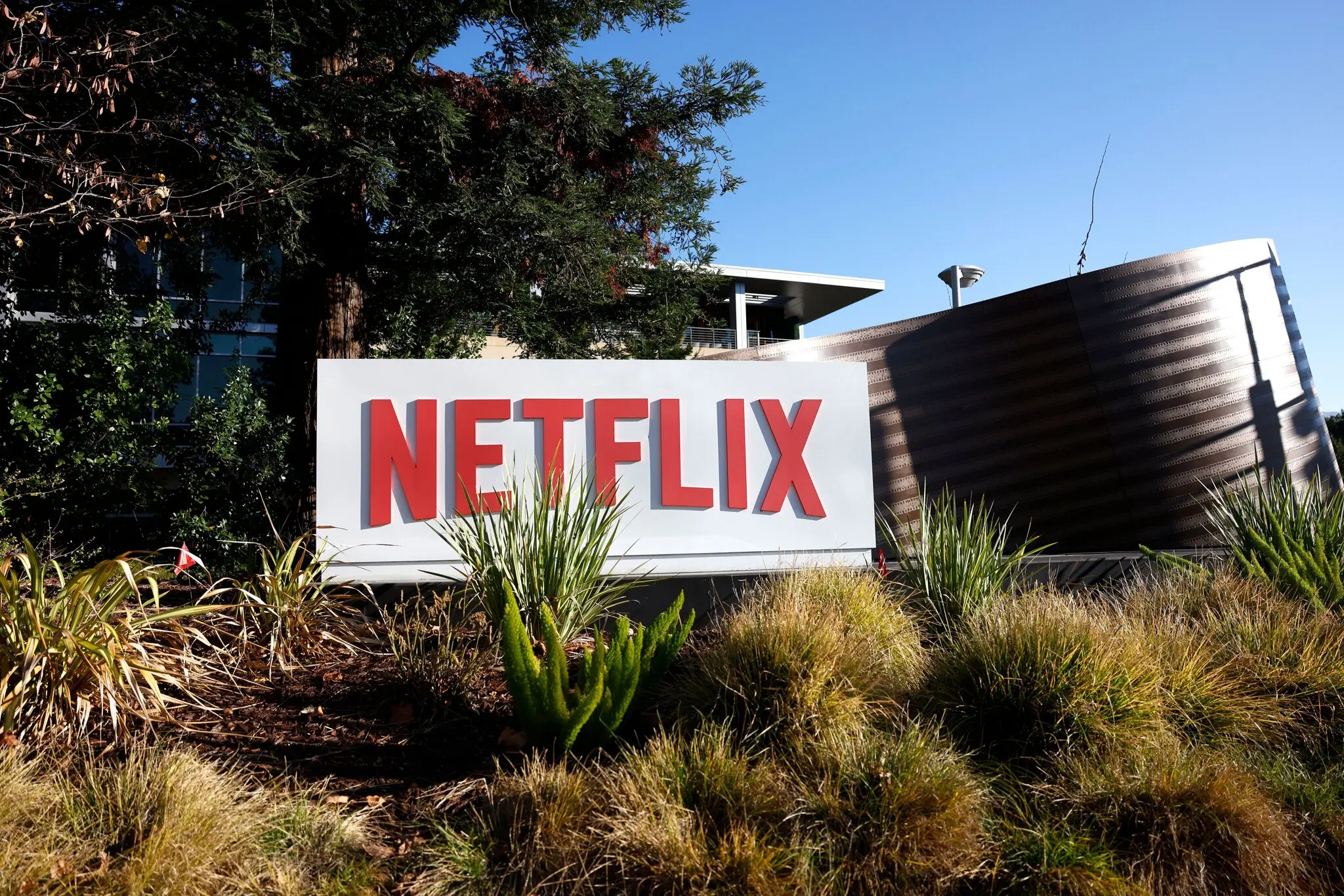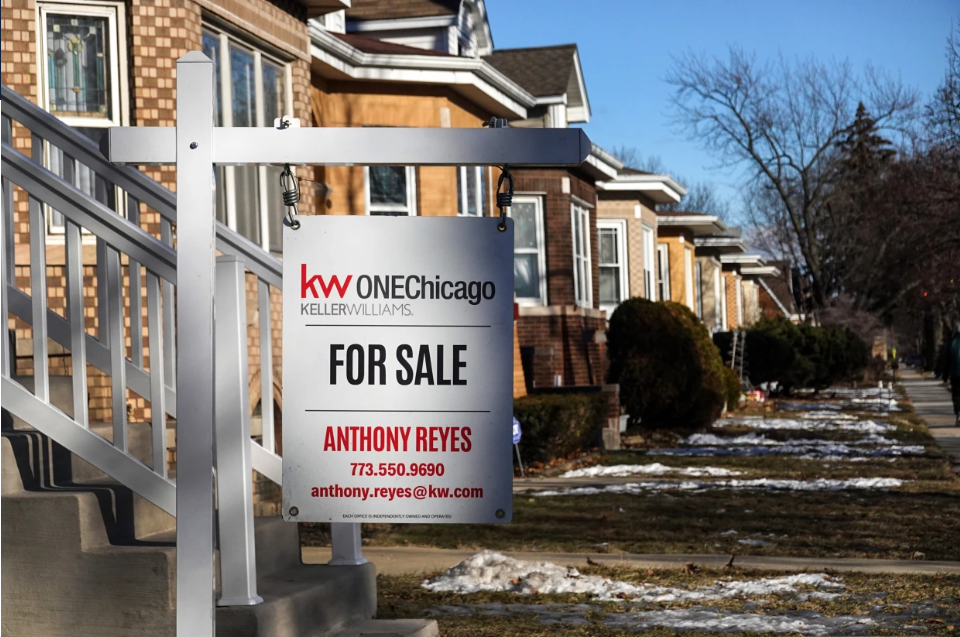Rising Insurance Costs in Wyoming Due to Wildfires and Resource Shortages

In Wyoming, homeowners may face rising insurance premiums and potential coverage losses due to both local and out-of-state wildfire risks, along with the potential reduction of firefighting resources, Wyoming Tribune Eagle reports.
These concerns are part of a broader national trend that has seen homeowners in fire-prone areas facing higher insurance costs, as insurance companies increasingly adjust their policies in response to changing fire landscapes.
Jeffrey Rude, the insurance commissioner for the Wyoming Department of Insurance, explains that insurance rates for homeowners have been rising across the country, and wildfires are a contributing factor.
“Obviously, costs are going up for all home insurance, and wildfire makes it even go up more if you’re in one of those areas that have been rated as a fire risk,” Rude stated.
As wildfires become more frequent and intense, the risk to homeowners and their properties increases, which in turn leads to higher insurance premiums.
In Wyoming, as well as other states with significant wildfire risks, homeowners are beginning to experience the impact of these rising costs. Rude points out that the increasing use of predictive models by insurance companies has led to more homeowners seeing their premiums rise, even if they have not experienced fires in their area.
“We’ve had complaints in this area… that’s because they’re using this predictive modeling to show where they’re more concerned with that risk,” he explained.
Beyond local fires, the impact of out-of-state wildfires also influences insurance rates. When catastrophic wildfires occur in other states, such as the recent fires in California, the ripple effects extend beyond those states’ borders. Rude explained that large-scale fires drive up the cost of materials like lumber, concrete, and labor, which are essential for rebuilding homes. These increased costs are passed on to consumers, raising the price of insurance nationwide.
In 2021, Wyoming experienced over $2 million in fire-related damages, adding to the concerns about the growing financial risks associated with wildfires. Local fire departments, which are primarily funded by property taxes, are also feeling the strain. As the state faces potential cuts to property taxes, some fire districts worry they may be forced to reduce staff or close fire stations, which would further impact the state’s ability to combat wildfires effectively.
Shad Cooper, president of the Wyoming Fire Advisory Board, noted that many homeowners have already contacted him over the past few years, seeking guidance on how to protect their properties. Insurance companies have been encouraging homeowners to take steps to make their homes more resilient to fire risks, including hardening structures and reducing hazardous fuels around homes. However, the uncertainty around funding for local fire departments, particularly in the wake of potential property tax cuts, poses a challenge for maintaining an effective firefighting response.
Local responders have expressed concern over potential shortages in resources, as volunteer fire departments continue to struggle with limited budgets. This includes fundraising for essential equipment such as personal protective gear and fire trucks. The Wyoming State Forestry Department also emphasized the importance of federal and local resources in fighting wildfires, as the state’s firefighting capacity relies heavily on support from outside agencies.
Kelly Norris, the state forester, warned that the loss of firefighting resources could lead to slower response times and more damage in future fire seasons.
“We just don’t know where things are going to land legislatively here. I don’t know where things are going to land federally, but we’re going to do the job,” he stated.
She reflected the dedication of local firefighters to continue protecting the community despite these challenges.







The latest news in your social feeds
Subscribe to our social media platforms to stay tuned